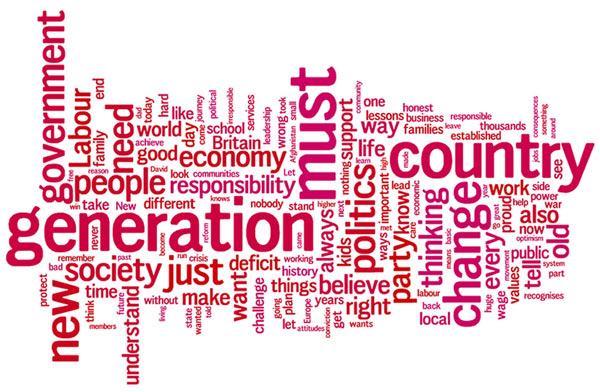July 5,2014
12:30pm-1:30pm
A Semi – Detailed Learning
Plan
in Mathematics III
in Mathematics III
I. Objectives
At the end of the discussion, the students must be able to:
At the end of the discussion, the students must be able to:
a.
explain the special right triangle;
b. give
relevance to right triangles;
c.
solve problems in special right triangle.
II. Subject Matter
a.
Topic: Special Right Triangle
b.
Reference(s): Geometry in the Real World:
Explorations and Applications by Karl Friedrich Jose D. Romero, pp. 165-170
c.
Materials: LCD projector, laptop, white board
pen
d.
Processes: Demonstrating, Observing and Solving
e.
Value Focuses: Respect, obedience, cooperation
and critical thinking skills
III. Procedure / Strategies
A.
Pre-activity
1.
Drill (Problem Solving)
·
The teacher will present the following problems
to the LCD projector and will let the students to answer.
1.
If a = 3 and b = 4, find c.
2.
If a = 5 and c = 13, find b.
3.
If b = 60 and c = 100, find a.
2.
Review
·
The teacher will ask the following questions:
a. What is a Pythagorean Theorem?
b. Who was the founder of the Pythagorean Theorem?
c. How can you say that the triangle needs the formula of Pythagorean Theorem?
3. Motivation (Guess the Right
Triangles)
·
The teacher will group the students into two
(2).
·
The teacher will present an illustration through
the projector and will let each group to guess and count how many triangles are
there in the illustration given.
·
The teacher will let each group to identify the
kinds of triangles (obtuse, right and acute triangles) and will let them count
how many are dominant.
·
The teacher will give instructions as well as an
allotted time.
B.
Presentation
1.
Activity Proper (Triangle Town)
·
The teacher will let the students to stay with their
previous group.
·
The teacher will present an illustration through
the projector in the class (that looks like a town) and will let each group to
identify only how many right triangles are there in the illustration.
·
The teacher will give instructions as well as an
allotted time.
2.
Analysis
·
The teacher will ask the following questions:
a.
What have you noticed about the illustrations?
b.
How many right triangles are there?
c.
Why do you think that the right triangles are
many than the others?
3.
Abstraction
·
There are two special right triangles: the 45-45-90
and the 30-60-90 triangles.
·
The 45-45-90 triangle
-A triangle in which two legs are congruent.
-Formula:
·
a=b (where a and b are legs of the right
triangle)
·
c=a√2 or c=b√2
● The 30-60-90 triangle
-A triangle in which one side is
shorter than the other.
-Formula:
·
c=2b (where b is the side opposite the 30-
degree angle)
·
a=b√3
4.
Application (Problem Solving)
·
The teacher will give more examples to the
students.
·
The teacher will let the students to answer some
examples.
IV. Evaluation
Direction:
Solve the following given questions. Write in a ½ crosswise paper.
Time
allotment: 10 minutes ONLY
Test
Items: 3 items ONLY
Find
the following in a 30-60-90 triangle.
1.
If c=8, find a and b.
2.
If b=5√3, find a and c.
3.
If a=10√6, find b and c.
V. Assignment
Direction: Find the
value of the following in a 45-45-90 triangle.
1 .If a=8, find c. 3.
If c=11√10,
find a.
2. If b=4√6, find c. 4.
If c=16, find b.
Prepared
by:
Rev Marc R. Lanozo
BSED 4
St. Mary’s College of Tagum
Rev Marc R. Lanozo
BSED 4
St. Mary’s College of Tagum














